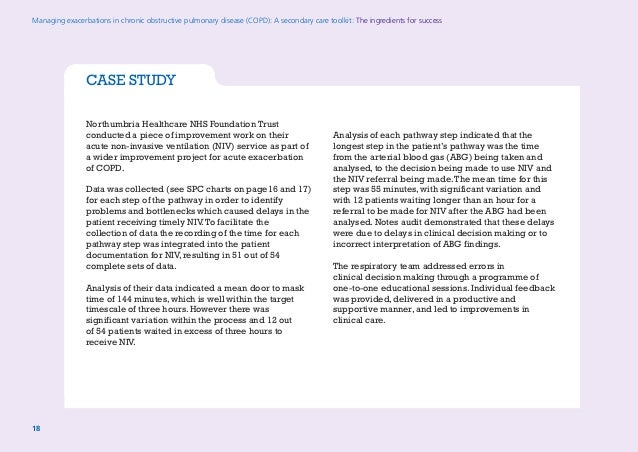Are you interested in finding 'case study for chapter 4 physical therapy initial evaluation'? Here you can find all of the details.
Table of contents
- Case study for chapter 4 physical therapy initial evaluation in 2021
- Physical therapy job description
- List of diseases treated by physical therapy
- Physical therapy meaning
- Physical therapist salary
- Physical therapy course
- Physical therapy treatment
- Physical therapy exercises
Case study for chapter 4 physical therapy initial evaluation in 2021
 This image shows case study for chapter 4 physical therapy initial evaluation.
This image shows case study for chapter 4 physical therapy initial evaluation.
Physical therapy job description
 This picture illustrates Physical therapy job description.
This picture illustrates Physical therapy job description.
List of diseases treated by physical therapy
 This picture shows List of diseases treated by physical therapy.
This picture shows List of diseases treated by physical therapy.
Physical therapy meaning
 This picture demonstrates Physical therapy meaning.
This picture demonstrates Physical therapy meaning.
Physical therapist salary
 This image representes Physical therapist salary.
This image representes Physical therapist salary.
Physical therapy course
 This picture representes Physical therapy course.
This picture representes Physical therapy course.
Physical therapy treatment
 This picture demonstrates Physical therapy treatment.
This picture demonstrates Physical therapy treatment.
Physical therapy exercises
 This image demonstrates Physical therapy exercises.
This image demonstrates Physical therapy exercises.
Which is the most appropriate respiratory therapy intervention?
An arterial blood gas (ABG) is drawn and reveals the following: pH 7.49; PaCO2 33 mm Hg; PaO2 51 mm Hg; SaO2 87%; HCO3- 25 mEq/L while on a 30% air entrainment mask. The most appropriate respiratory therapy intervention includes which of the following?
What are the case studies for tachycardia and dyspnea?
A postoperative patient complaining of dyspnea is found to have tachypnea and tachycardia, and is somewhat confused. Breath sounds reveal end inspiratory crackles in both lung bases. An arterial blood gas (ABG) is drawn and reveals the following: pH 7.49; PaCO2 33 mm Hg; PaO2 51 mm Hg; SaO2 87%; HCO3- 25 mEq/L while on a 30% air entrainment mask.
What are the results of a physical exam?
His physical examination reveals: heart rate 120 beats/min and regular; blood pressure 146/88 mm Hg; temperature 38° C; respiratory rate 28 breaths/min shallow and labored. Breath sounds are decreased throughout with fine late crackles on inspiration, chest expansion is decreased in both bases.
What are the physical findings of a respiratory therapist?
During rounds today the respiratory therapist finds the patient to be difficult to arouse and has the following physical findings: heart rate 102 beats/min, respiratory rate 23 breaths/min shallow and slightly labored, breath sounds are bilaterally decreased with rhonchi in both bases. The patient has a frequent but weak cough.
Last Update: Oct 2021